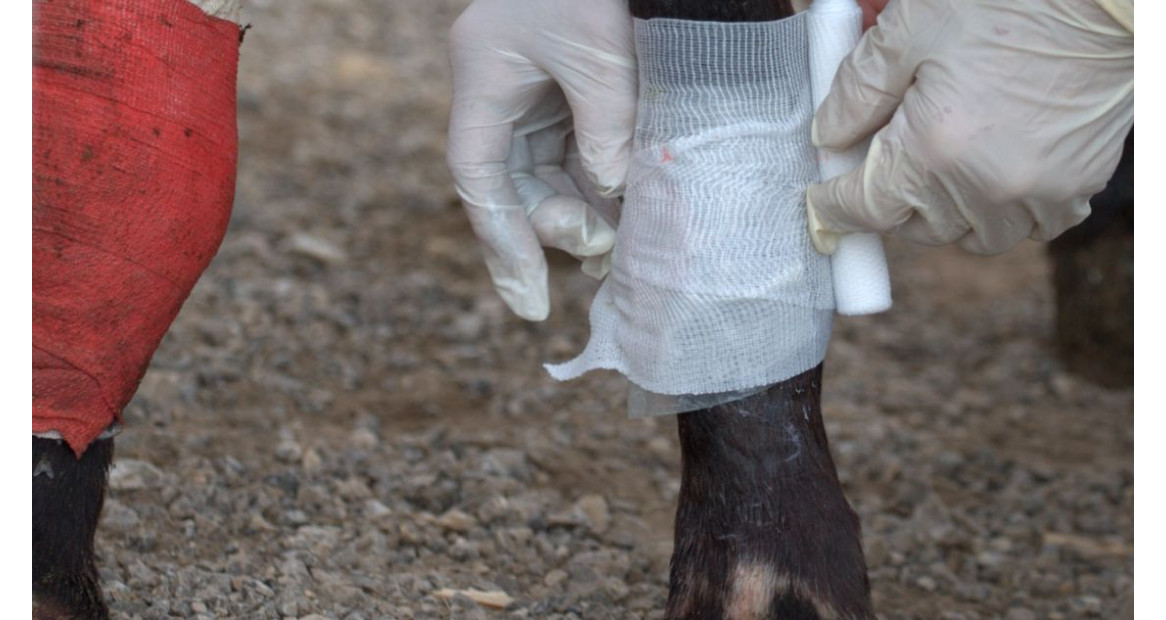
TIPS : Disinfection
The role of horse skin disinfection is deliberately aggressive. A disinfectant is made to treat an "infected" pathology and not as a precautionary principle.
The principle of systematic disinfection, the "just in case" is a habit we have in the equestrian world. Small sores, crusts, irritations, we systematically throw ourselves on disinfectants. We have always learned to do this.
However, antiseptics are powerful drugs. Most of them have a cytotoxic effect on keratinocytes and fibroblasts essential to the healing process. Clearly, their role is to destroy the flora of the skin in order to eliminate dangerous bacteria. It does not sort through this flora. Good and bad are eliminated. The epidermis is therefore strongly "shaken", dried out, highly weakened and will take time to rebuild.
It is therefore imperative to target and respect their use well so as not to hinder cell renewal.
In addition, their use is recommended for INFECTED areas. There is no point in putting it on a healthy area or one that has no traces of infection. On the contrary, you considerably weaken the skin, making it less resistant against pathogens. The precautionary principle therefore does not apply in the use of these drugs but only in the event of a real infection.

The solutions are simple:
Water cleansing, natural creams. This helps to strengthen damaged skin, stimulate it and repair it much faster (if not infected).
PS: Did you know that for many antiseptics, dilution is compulsory, there are exposure times and often a rinse afterwards? It is also possible that after application, the application of a bandage is not recommended. It is therefore important to read the instructions carefully (such as for Betadine, Biseptine, Hibitane, Dakin ...) and above all, to rely on your veterinarian
 ANIMADERM S.A.S
ANIMADERM S.A.S